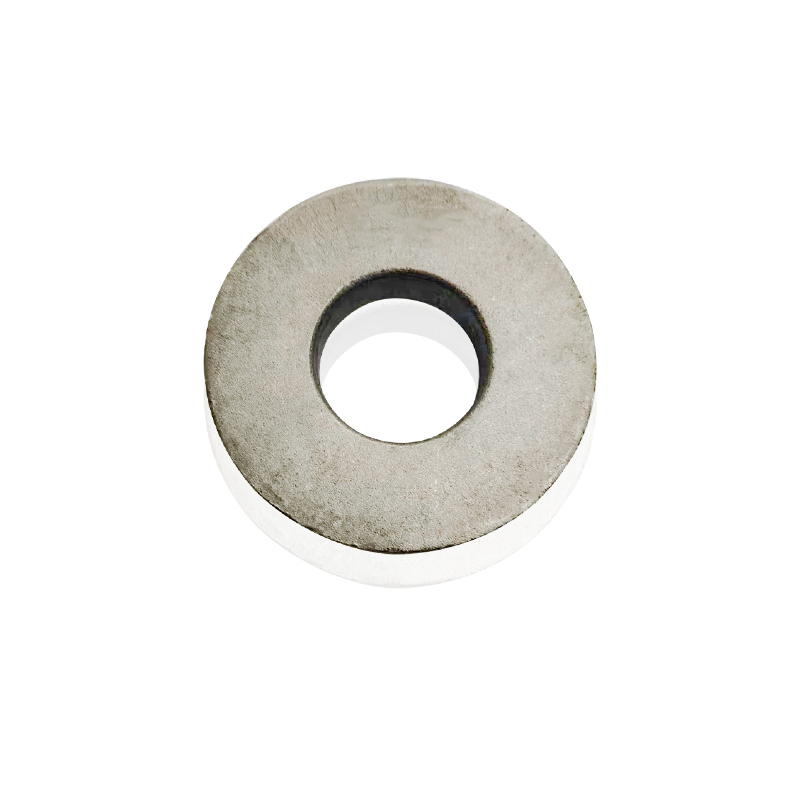The Crucial Role of Material Selection in Planetary Gear Carriers
 2024.11.11
2024.11.11
 Industry news
Industry news
This integral part serves not just as a supportive framework but as a dynamic player in the gear’s operational efficiency. The choice of material for the planetary gear carrier can significantly influence not only the durability and longevity of the component but also the overall performance of the entire gear system. From weight considerations to wear resistance and thermal properties, material selection is a pivotal aspect of design that engineers must navigate with care.
The materials used for a planetary gear carrier can vary widely, including metals like aluminum and steel, as well as advanced composites and polymers. Each material comes with its own set of advantages and trade-offs. For instance, aluminum is lightweight and offers excellent corrosion resistance, making it a popular choice in applications where weight savings are paramount. This is particularly relevant in automotive and aerospace applications, where reducing mass can lead to improved fuel efficiency. On the other hand, steel, with its superior strength and fatigue resistance, is often favored in heavy-duty applications, such as industrial machinery, where high torque and load-bearing capabilities are essential. The decision between these materials can determine how efficiently the gear system transmits power, handles stress, and ultimately operates over time.
Moreover, the impact of material selection extends to the operational characteristics of the gear system. The thermal conductivity of the carrier material plays a vital role in heat dissipation during operation. In systems where high speeds and loads generate significant heat, a material with good thermal management properties can help maintain optimal operating temperatures, thus preventing premature wear and failure. For instance, using a material that efficiently dissipates heat can improve lubrication performance, reducing friction between the planetary gears and enhancing overall efficiency. This is crucial in applications like automatic transmissions, where seamless shifting and reliability are expected. Conversely, a material that retains heat may lead to increased thermal expansion and misalignment, resulting in inefficiencies and potential breakdowns.

Wear resistance is another critical factor influenced by material choice. Planetary gear carriers endure substantial forces and must maintain precise alignment to ensure optimal gear meshing. Materials that are prone to wear can lead to excessive play between gears, diminishing the accuracy and efficiency of the gear system. The development of advanced surface treatments and coatings can enhance the wear resistance of traditional materials, allowing for better performance in demanding environments. Engineers are increasingly turning to innovations like surface hardening techniques or composite materials that offer enhanced durability while maintaining lower weight, thereby extending the service life of the gear system.
In addition to these mechanical properties, the manufacturing process for the selected material can also impact efficiency and performance. For example, materials that are easier to machine or mold can lead to lower production costs and shorter lead times, which are essential factors in competitive industries. However, sacrificing quality for ease of manufacturing can result in compromised performance. Thus, striking the right balance between manufacturability and performance attributes is a challenge that designers face, underscoring the complexity of material selection for planetary gear carriers.
The selection of materials for planetary gear carrier is not merely a matter of choosing the right component; it is about understanding the broader implications for the entire gear system. From weight and thermal management to wear resistance and manufacturability, each choice can resonate throughout the system, impacting efficiency, performance, and longevity. As technology continues to advance, so too do the possibilities for innovative materials that can further enhance the capabilities of planetary gear systems, leading to more efficient, reliable, and high-performance applications across various industries. The journey of selecting the right material for a planetary gear carrier is a fascinating blend of science, engineering, and practical application, illustrating how even the smallest components can play a significant role in the grand design of mechanical systems.





















